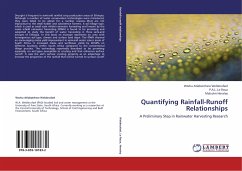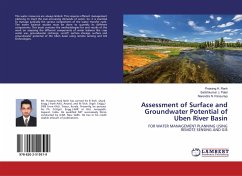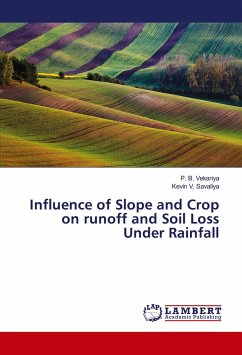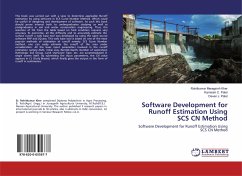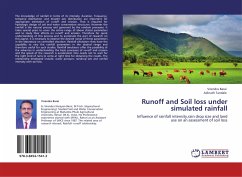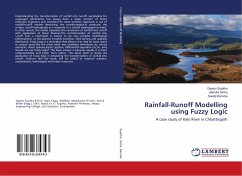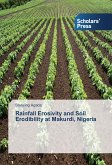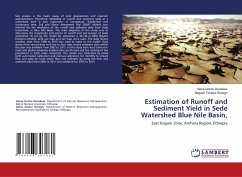Drought is frequent in semi-arid rainfed crop production areas of Ethiopia. Although a number of water conservation technologies were introduced, they were failed to be adopt for a number reasons. Most are not impractical to the small holder and subsistence farmers. A soil tillage type, which is used as small scale infield rainwater harvesting and known by the name infield rainwater harvesting (IRWH) is found to be promising and subjected to study the benefit of water harvesting in three semi-arid ectopes of Ethiopia. In this book an ecotope represents an area with homogenous soil type, climate and surface land slope. The IRWH showed an encouraging maize yield improvement in semi-arid water scarce areas of South Africa. It increased maize and sunflower yields by 30-50% on different locations within South Africa compared to the conventional tillage practice. The technology reportedly described to be promising especially, on soil types susceptible to crusting and that enhances surface runoff. It uses the soil s surface crusting property as an advantage to increase the proportion of the rainfall that will be turned to surface runoff
Bitte wählen Sie Ihr Anliegen aus.
Rechnungen
Retourenschein anfordern
Bestellstatus
Storno

